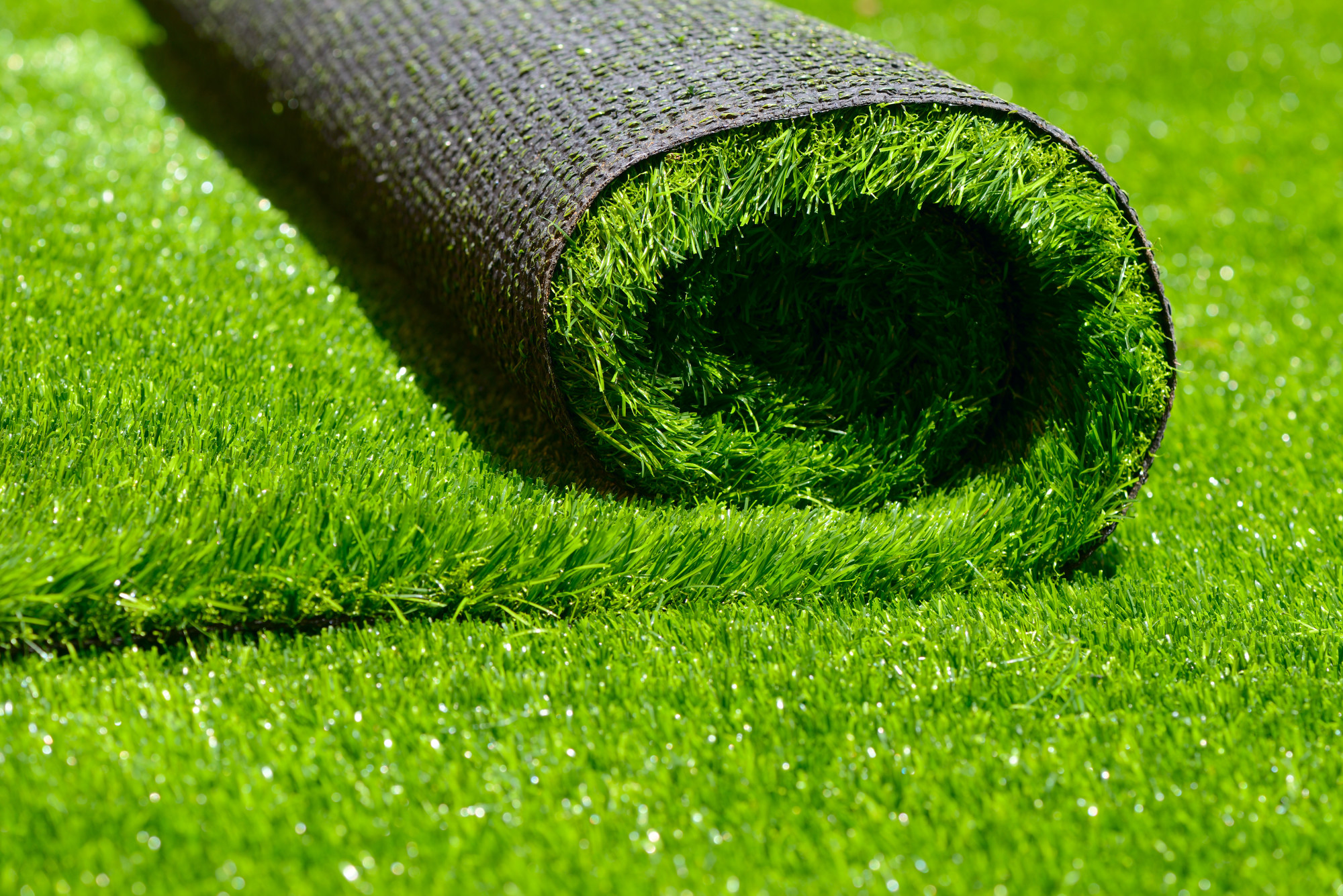In recent years, eco-friendly landscaping has made serious waves in the industry. What’s the secret? Simple: fresh ideas.
See, responsible landscaping is not a new phenomenon. Many homeowners are trying to save water and reduce their home’s carbon footprint. What’s changed is that we now have more creative ways of doing that.
So yes, it’s possible to have the perfect yard and live greener at the same time. Here are 5 eco-friendly landscaping ideas you should consider.
1. Sprinkler System
Irrigation is a key element of any landscaping project. After all, your shrubs and trees need water to withstand the elements and flourish. That said, using a garden hose is not the most efficient way to water a yard.
Instead, consider a sprinkler system. This eliminates the need for manual irrigation, and you can set the application rate. Keep in mind that different conditions demand different approaches.
2. Synthetic Grass
If you want to avoid watering altogether, synthetic grass is a great alternative. Your children and pets can play on it all day long, and the grass will retain its lushness. This is true even during droughts and heat waves.
In fact, artificial grass requires very little maintenance. You won’t have to buy any pesticides, herbicides, or chemical fertilizers. There’s also no need to use a lawn mower, which releases its own set of fumes into the atmosphere.
3. Xeriscaping
Speaking of droughts, xeriscaping is another popular method of countering them. This practice uses drought-tolerant plants and arranges them in an efficient way. That way, you can save water and still have an eco-friendly yard.
The simplest form of xeriscaping is to use plants with similar water requirements. For example, you can replace some of your grasses for their ornamental counterparts. These include blue grama, green fescue, and zebra grass.
4. Mulching
Mulch is a material that has seen a lot of use in landscaping recently. It’s used to cover the surface of the soil, which helps it retain moisture. If you’re applying mulch, you won’t need to spend as much time and money to water your garden.
Other than that, mulching suppresses weeds and keeps the soil cool. It can also double the growth rate of your flowers and vegetation. Still, keep in mind that most types of mulch demand periodical replacement.
5. Decorative Stones
Interested in eco-friendly decorative design that helps both the planet and your wallet? Look into natural stones. These reusable materials last a lifetime, and you can move them around as much as you like.
Arranging decorative stones depends on their type and your needs. For instance, this type of decor often looks great next to your pathway. They can also surround a flower bed or your favorite tree in the garden.
More on Eco-Friendly Landscaping
Not sure which of these tips will be most effective for you? One thing that can help you reach a decision is to consider the area you live in.
For example, living in a wind-heavy state usually involves using more water. If your house resides in an uneven area, you’ll need to watch out for soil erosion. Following the above tips can help you deal with these situations.
Want to know more about eco-friendly landscaping? Interested in other ways to protect our environment? Check out our “Green Living” category!










